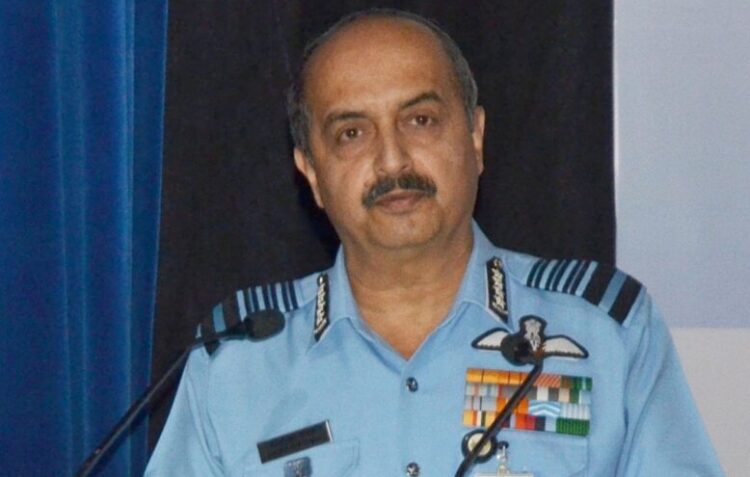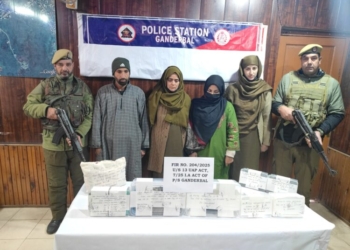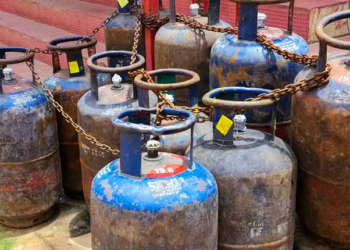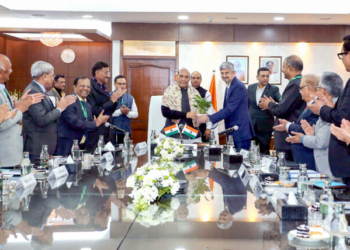New Delhi: Modern warfare is constantly undergoing transformation due to rapid advancements in technology. The Indian Air Force being a technology-intensive force needs to keep pace with these advancements and assimilate new technology to remain relevant, Air Chief Marshal VR Chaudhari said on Tuesday.
The MiG-21 fighter aircraft will no longer be a part of the IAF and would be replaced by LCA Tejas aircraft, he said.
Chaudhari said, “We had signed a contract for 83 LCA Mark 1A. We want 97 more such aircraft. With this we will have 180 aircraft. He said that MiG-21 fighter aircraft will be phased out of the fleet by 2025. The iDEX and Make programmes have given the desired impetus to the ‘Make in India’ initiative for Defence-specific research and development.”
“While work is in progress to develop capabilities like MUM-T and High Altitude Pseudo Satellites, we are also looking at innovative solutions to resolve day-to-day functional issues to improve operations, maintenance and administration activities,” the IAF Chief added.
“To give you all an idea of the kind of the money involved, contracts for LCH, LCA Mk1A, HPRs and CIWS are likely to be concluded and the cost is approximately Rs 1, 72,469 crore.
“The yearly cash outflow for this year is Rs 41,180 crore. When we talk about contracts already signed in this financial year, we are looking at about Rs 16,000 crore for only domestic acquisition schemes,” he said.
He added, “Owing to the volatile and uncertain geopolitical landscape in our region, the need to have a strong and credible military has become imperative.”
The Indo-Pacific region is the new economic and strategic centre of gravity of the world and offers us both challenges and opportunities, Chaudhari said.
He said that the IAF, with its inherent capability to see the farthest, reach the fastest and hit the hardest, will be critical in mitigating these challenges and will remain a fulcrum in projecting India’s might in the region.
“To achieve this, we have embarked on the journey of transformation and are progressing in a planned and systematic manner. Our focus is on hidden force multipliers in the form of AI-based decision tools, electronic warfare equipment, robust networks and harnessing space and cyber capabilities,” he added.
He said, “We have recently witnessed the induction of the first C 295 aircraft in 11 Sqn. The project is an important milestone in boosting our Defence industry and will contribute immensely by generating 42.5 lakh man-hours of work involving over 6,000 direct and indirect jobs and skill employment opportunities. Around 125 MSMEs, spread over seven states, will be involved in the manufacturing of over 13,400 parts, 4600 sub-assemblies and all the seven major component assemblies.”
He said that research and development plays a significant role in ensuring the armed forces remain future-ready.
Scientific breakthroughs will convert into battlefield capabilities after a certain gestation period but they are critical to ensure that we are equipped to fight tomorrow’s war with weapons and systems incorporating the latest technology, he pointed out.
“To encourage innovation within the service, we have introduced the concept of Innovation Managers who have been identified and selected based on their capabilities and are being provided additional training at a premier business school in the field of innovation.
“Officers finally designated and posted as Innovation Managers will have the opportunity to steer IAF’s innovation initiatives in design and development and become IAF’s interface with R and D centres, start-ups and MSMEs,” he said.
(IANS)














